Autism: Misconceptions and Truths, and the Understanding We Need
Hello. This time, we want to talk about a deeper and more meaningful topic, which is about autism. Autism is one of the conditions that many people misunderstand or do not know well. Today, we will explore these misconceptions and truths, and the understanding we need to have. Understanding autism and having accurate information can make us all a more inclusive society.
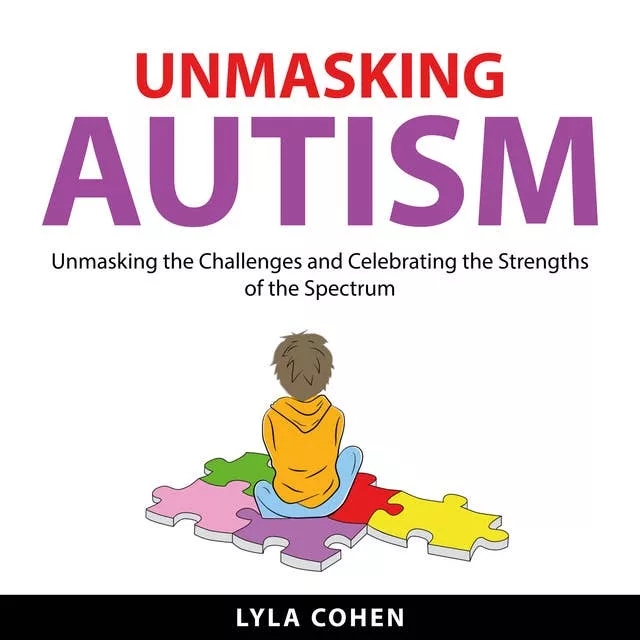
Basic Understanding of Autism: Definition and Prevalence
Autism is a type of neurodevelopmental disorder characterized by an individual’s ability in social interaction, language and communication skills, and repetitive and restricted behavior patterns. Autism affects many people worldwide, with genetic and environmental factors interacting to cause it. The prevalence of autism is continuously increasing, and it is hard to determine the exact number due to different survey methods and criteria by countries. However, it is estimated that more than 1 in 100 people worldwide fall within the autism spectrum.
Common Misconceptions About Autism
There are still many misconceptions and misinformation about autism. One of the most common misconceptions is that autism is related to the level of human intelligence. In fact, autism can occur regardless of intelligence level, and many individuals with autism have above-average intelligence. Moreover, autism is not only affecting children but can last a lifetime. It is important to dispel these misconceptions and provide accurate information.
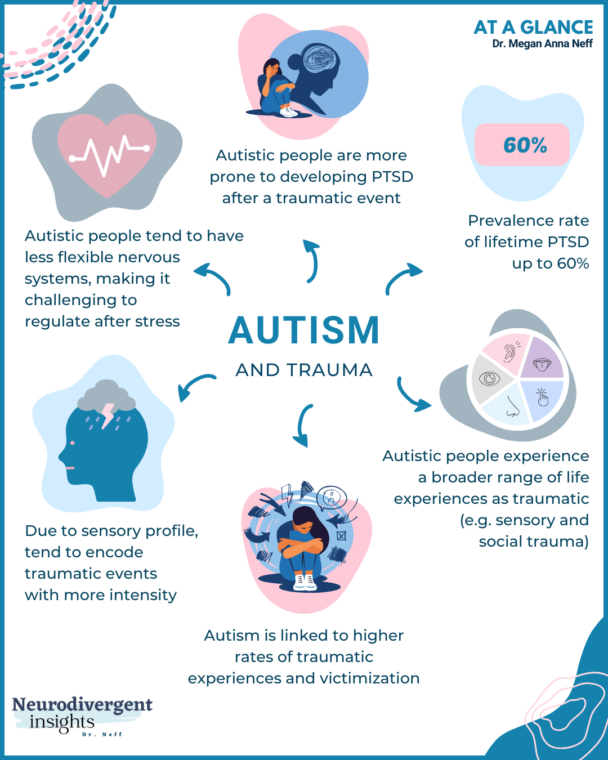
The Truth About Autism: Understanding as a Neurodevelopmental Disorder
Autism, as a neurodevelopmental disorder, means there is a problem with brain-related functions. It can cause difficulties in learning, social interaction, language, and communication due to various factors. It can occur due to the interaction of genetic and environmental factors, and the exact cause has not yet been identified. Autism exists in a spectrum with various forms, and the symptoms and nature can differ for each individual.
Diagnosis of Autism: Process and Criteria
The diagnosis of autism is carried out by professionals using various assessment tools and criteria. Typically, the diagnosis of autism begins in childhood, evaluating social interaction, language and communication, and behavior patterns. The diagnostic process considers the individual’s developmental history and characteristics and requires collaboration among various professionals.
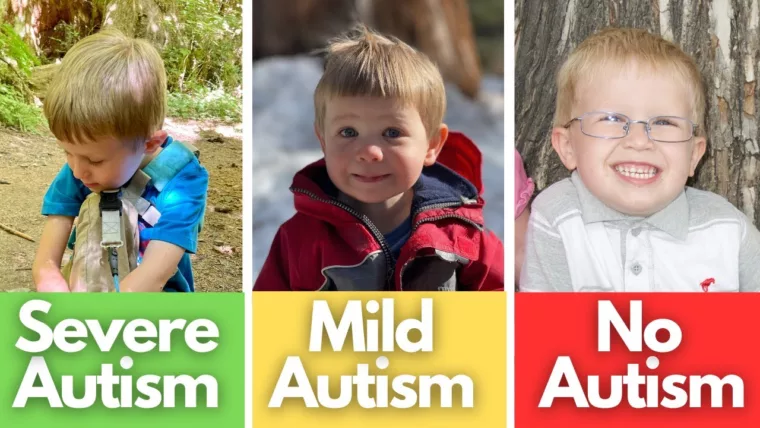
Recognition of the Diversity of Autism Spectrum Disorder (ASD)
Autism Spectrum Disorder has various forms and symptoms. Some people may have difficulty with social interaction, and their language and communication skills may be limited. They may also show repetitive and restricted behavior patterns and experience hypersensitivity or hyposensitivity to sensory inputs. Recognizing and understanding this diversity is important.
The World of Individuals with Autism: Sensation and Communication
Individuals with autism have their unique sensory systems. Some may be sensitive or insensitive to certain sounds, smells, and tactile sensations. They may also have difficulties with language and communication and express their thoughts and feelings through non-verbal means. It is important to understand and respect this.
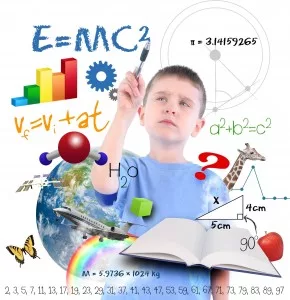
Autism Treatment and Support Methods: Current Status and Prospects
Currently, there is no way to completely cure autism, and most treatments aim to alleviate symptoms and improve skills. Behavioral therapy, communication and social skills development, education and training programs can be utilized. In the future, more research and advanced treatment methods are expected to be developed.
Autism and Family: Understanding Life Together
Autism not only affects the individual but also the family. Families may face various challenges and difficulties in living life with autism. Understanding and supporting this is important, and the courage and efforts of families should be recognized.

Social Awareness and Change Regarding Autism
Social awareness of autism is gradually changing. While there used to be misunderstandings and discrimination against autism, now an environment that embraces and supports autism is being created. However, there are still many areas lacking, and efforts are needed to improve social discrimination and awareness.
Resources and Community Guidance for Understanding Autism
To enhance understanding of autism, various resources and communities are available. Information and support can be obtained through government agencies, non-profit organizations, and online forums. Additionally, listening to and sharing stories of individuals and families with autism can be helpful.
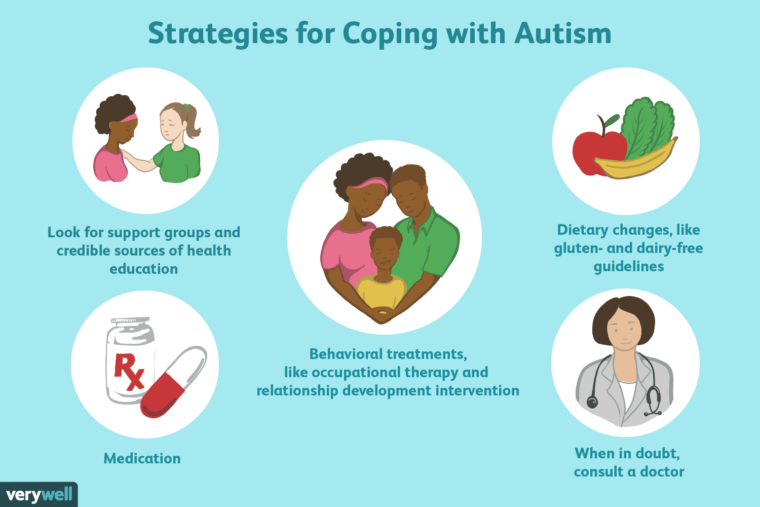
Autism is a very important issue in our society, and accurate understanding and awareness are needed. Respect and support for individuals with autism will improve their quality of life and help realize social inclusion.